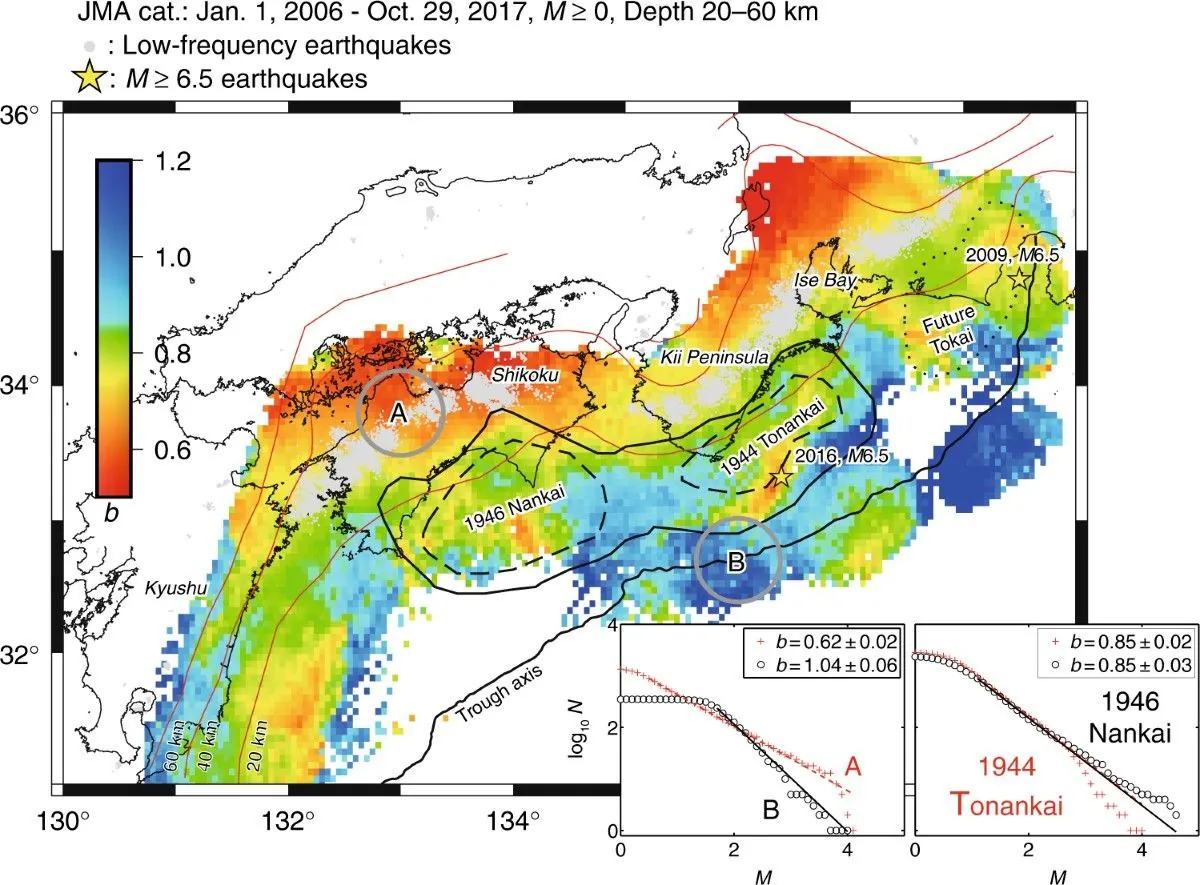Japan has concluded its unprecedented weeklong "megaquake" advisory campaign, which began on August 8, 2024, following a magnitude 7.1 earthquake off the southwestern coast. Tsukasa Morikubo, a Cabinet Office disaster response official, announced the end of the special caution period on August 15, 2024, noting that seismologists detected no abnormal seismic activity around the Nankai Trough during the past week.
The Japan Meteorological Agency issued the country's first-ever "megaquake advisory" in response to the August 8 earthquake, which occurred on the westernmost edge of the Nankai Trough. This undersea trench, spanning approximately 800 kilometers along Japan's Pacific coast, has a history of causing devastating earthquakes and tsunamis. Experts estimate a 70-80% chance of a magnitude 8 or 9 quake occurring in this region within the next 30 years.
Despite the conclusion of the special advisory period, officials emphasize the importance of maintaining earthquake preparedness. Morikubo stated, "A next major one can hit anytime, anywhere," underscoring the ongoing seismic risk in Japan.
The advisory prompted widespread action across the country:
- Over 700 municipalities in 29 prefectures reviewed their preparedness and evacuation plans.
- Some coastal towns closed beaches and canceled annual events.
- Train operators in affected areas reduced speeds.
- Many citizens stocked up on emergency supplies, even in regions outside the primary risk zone.
Japan's proactive approach to earthquake preparedness is rooted in its long history of seismic activity. The country experiences about 1,500 earthquakes annually that are strong enough to be felt by people. This frequent seismic activity has led to the development of advanced early warning systems and some of the world's strictest building codes for earthquake resistance.
"The end of the special caution period does not mean there is no risk of a megaquake. Citizens should maintain their usual level of earthquake preparedness."
The concept of earthquake-resistant architecture in Japan dates back to the 6th century, demonstrating the nation's long-standing awareness of seismic risks. Today, Japan conducts nationwide earthquake drills annually on September 1, known as Disaster Prevention Day, to ensure public readiness.
While the recent advisory caused some disruption during Japan's mid-August holiday week, it serves as a reminder of the country's vulnerability to natural disasters. Japan's location on the Pacific Ring of Fire, responsible for 90% of the world's earthquakes, necessitates constant vigilance and preparedness.
As Japan moves forward from this unprecedented advisory period, the focus remains on maintaining a high level of earthquake readiness among its population. The Nankai Trough's history of major earthquakes occurring in cycles of 100-150 years underscores the importance of this ongoing preparedness, even in the absence of immediate seismic activity.
